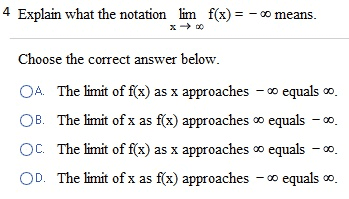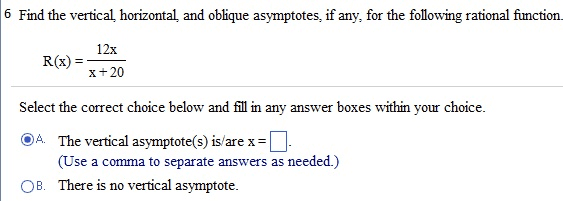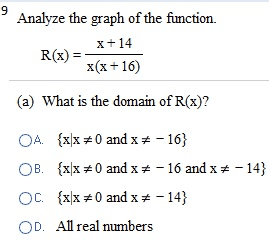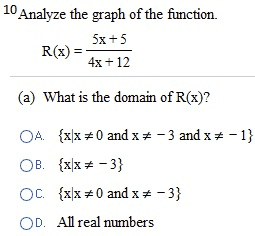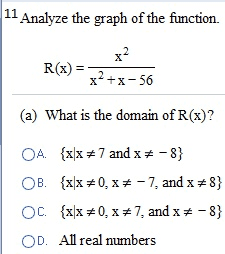MATH 1200 Study Guide - Final Guide: Asymptote, Compound Interest, Inverse Function
50 views3 pages
18 Jul 2018
School
Department
Course
Professor
Document Summary
Let f(x) be a polynomial: if f(c) = 0, then (x-c) is a factor of f(x, if (x-c) is a factor of f(x), f(c) = 0. If polynomial f(x) is divided by x-c, then the remainder is f(c). Note: the remainder theorem tells us that the value of f(c) is the same as the remainder we get from dividing f(x) by x-c. Know how to determine the vertical asymptotes- 3. 5. The line x = c is a vertical asymptote of the graph of a function f if f(x) approaches infinity or negative infinity as x approaches c from either side. Consider a rational function f defined by f(x) = p(x) / q(x), where p(x) and q(x) have no common factors other than 1. If c is a real zero of q(x), then x = c is a vertical asymptote of the graph of f. Know how to determine the horizontal asymptotes- 3. 5.
Get access
Grade+
$40 USD/m
Billed monthly

Homework Help
Study Guides
Textbook Solutions
Class Notes
Textbook Notes
Booster Class
10 Verified Answers



